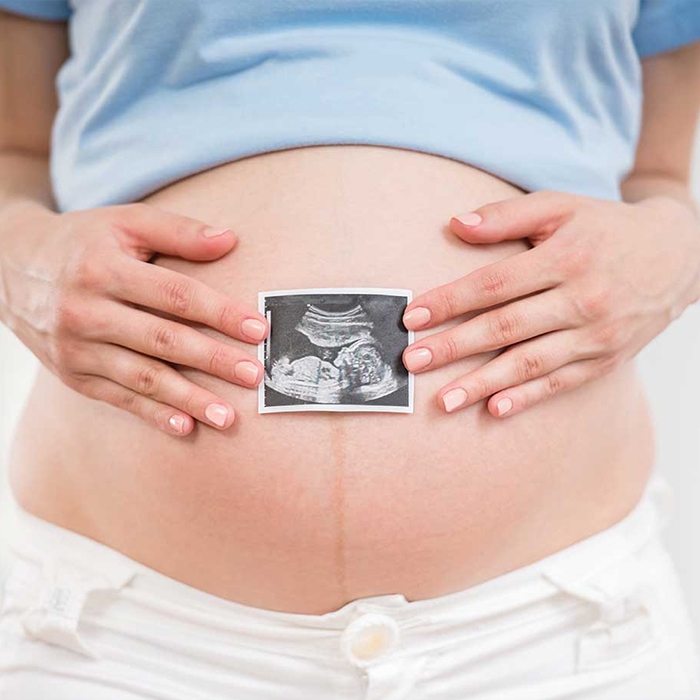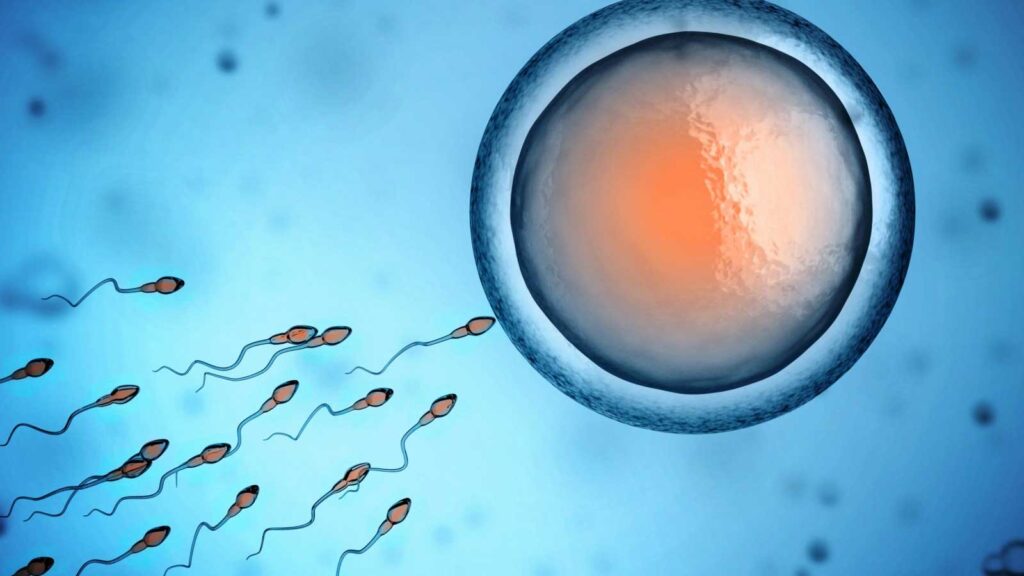Insemination
Insemination is an assisted reproductive technique applied to individuals who, despite regular intercourse for a year, have been unable to conceive and received a diagnosis of infertility. If over a year has passed without achieving pregnancy and necessary tests indicate infertility, insemination can be considered. Compared to other methods, insemination is a relatively simple and almost painless procedure. It is preferred due to requiring lower medication doses and costs. However, the success rate of insemination is considerably lower than in vitro fertilization (IVF), and the reason for the failure of insemination in individuals struggling to conceive is often unknown.

For insemination to be performed, the male partner should have sperm of sufficient quality, and the woman should not have any issues with egg development. Additionally, at least one of the woman’s fallopian tubes should be open.
Who Can Benefit from Insemination?
Insemination can be considered in the following cases:
- If there is a slight decrease in sperm motility and count in the male partner,
- If there is an ovulation dysfunction, such as polycystic ovary syndrome, in the female partner,
- In cases of unexplained infertility,
- In situations where sexual intercourse cannot be achieved, such as vaginismus.
Insemination Procedure
The insemination procedure is a brief and painless method lasting only a few minutes. Insemination treatment involves the maturation of a few eggs in the female partner through the use of low-dose medications (sometimes oral and injectable treatments), followed by the administration of an injection to induce final maturation. The timing for insemination is determined after these steps. During insemination, a sperm sample is collected from the male partner, and the most motile and well-shaped sperm are selected in the laboratory using centrifugation and washing techniques. These selected sperm are then introduced into the uterine cavity of the prospective mother using a catheter.
After a rest period of 20-30 minutes, the patient can return to their normal life. The goal of this treatment is to both enhance the quality and concentration of the sperm sample and facilitate a portion of the sperm to directly traverse the path it needs to take. The success rate of IUI treatment is around 15-20% even in the most suitable candidates. This is due to the inability to guarantee that the sperm will encounter the egg or fertilize it during insemination. If pregnancy and live birth do not occur after two attempts of insemination, patients should be re-evaluated, and if necessary, directed towards IVF treatment. In the advanced age group, where ovarian reserve decreases rapidly, it is recommended to opt for direct IVF treatment instead of IUI to avoid wasting time.


